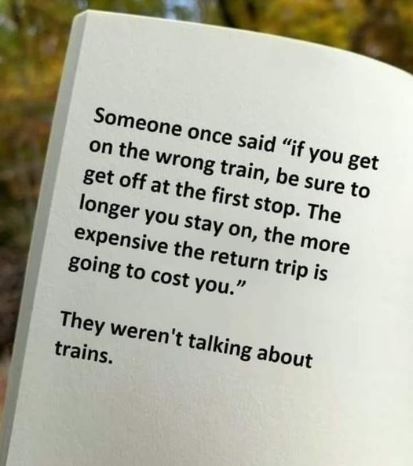“Then let us all do what is right, strive with all our might toward the unattainable, develop as fully as we can the gifts God has given us, and never stop learning.” – Ludwig van Beethoven (1770 – 1827)
“I’ve Never Seen Anything Like This”: One Bullion Dealer Sees A Rupture In Gold And Silver Markets
When silver surged to multi-year highs, veteran bullion dealer Andy Schectman didn’t see just another price move—he saw a rupture in the foundation of the global metals market.
In a wide-ranging interview last week, Schectman argued that what’s happening now represents the physical market finally “calling the bluff” of decades of paper manipulation.
“I’ve never seen anything like this,” he began, emphasizing that this was not mere volatility. “Backwardation… shows extreme delivery stress… It’s the market exposing the shortages of physical silver, the frailty of the paper promises.”
For Schectman, “backwardation”—when spot prices exceed futures prices—isn’t just a technical quirk. It’s the alarm bell that the supply of real metal is running thin. He believes the era when investors could comfortably rely on “paper silver” derivatives is ending.
“People have accepted paper promises for a very long time and I think that’s coming to an end,” he said. “This is decisively bullish for silver and other precious metals.”
When asked what’s actually driving this rupture, Schectman pointed to signs of stress that only appear when market structures break down. Spot prices are now higher than future delivery prices—something, he said, “very rare” in silver and “a signal of desperate demand.” Lease rates in London, normally a fraction of a percent, “jumped up over 39%.” The picture he painted was one of panic beneath the surface.
“In London they have a 140 million ounce float, yet they’re trading 600 million ounces a day… There’s over two billion ounces in paper claims out there on a float of 140 million.”
In Schectman’s view, London is the epicenter of a quiet crisis, where years of “rehypothecation”—multiple claims on the same bars—are being exposed. “It’s being called under the carpet,” he warned.
Pressed on what happens when this paper structure breaks, he compared it to a run on a bank. When short sellers can’t find metal to deliver, and borrowing costs soar, margin calls start hitting.
“You’re beginning to see margin calls… they’re not able to get the silver to cover their position,” he said. “That’s when things begin to get very, very, very interesting.”
How Civilizations Fail
A lesson in productivity, or lack of it
This is how people fail, organisations wither and die and civilizations vanish from view. The individuals are not able to quickly and efficiently perform the functions of their job thus wasting their own time, the time of their colleagues and customers and thus take too long to produce a product and lose business.
When you register a domain name you have a choice of which Registrar to use.
I have used TPP Wholesale to register Australian domain names and GoDaddy for my .com domains. I will no longer.
Nearly 50 days ago I submitted a support request to TPP as I needed to change details on one of my Australian domains.
Twice I received an email saying they acknowledge receipt of my request, apologised for the delay and will get back to me.
Instead of supplying the answer to my request R at TPP asked to confirm if it was still required.
“Hi Thomas,
I was reviewing the last ticket that you have submitted handled by the previous support representative. It seems that this was left on pending status. Our Apologies.
Given the delay, can you confirm if this issue has been resolved yet? If not, kindly provide details of your concern. In the meantime, I will set the ticket to waiting for response status, if there are any further outstanding issues please do reply and I will be attending to your enquiry.
Again, we sincerely apologise for any inconvenience.
Kind regards,
R”
I replied,
“G’day R,
You may tell your supervisor that taking 47 days to respond (not resolve, merely respond for additional data) to my support request was the single worst support incident I have experienced in my entire 73 years. It has caused me to make the decision to move my business elsewhere.
Please provide the necessary information to migrate my 6 domain names currently registered with you to another registrar.”
R replied, “The delay was due to our customer service department undergoing a transition, which unfortunately affected our response times. We understand how important timely support is, and we regret that this situation impacted your experience. Please be assured that we are already addressing the issue and improving our processes to ensure faster responses moving forward.
We understand if you would like to proceed transfer your domains to another registrar. The domain transfer will begin with your new registrar by supplying them with your domain transfer password (EPP, auth-code or domain password). Once the transfer has been initiated by the new registrar, a notification will be sent to the registrant contact email address which the registrant needs to confirm the transfer.”
without providing the EPP necessary to do so. I responded.
“G’day R,
I am going to be very honest and very blunt. You will shortly have the choice to make this a vary valuable learning experience or just dismiss it out of hand as a rant from a grumpy old man. While it may appear that your decision will not affect me in the short term, your long-term success is nevertheless important to me. Your chances for future success in business will be indicated by your choice. Choose wisely.
You say how “our customer service department undergoing a transition, which unfortunately affected our response times” like it is an explanation rather than a confession of an epic customer service catastrophe, a damning indictment of poor management planning re the transition and complete disregard for customer satisfaction. Which is why your organisation lost me as a customer.
Then you tell me what needs to be done without providing the necessary data to do so.
Your future personal productivity and potentially your success, or lack of it, will depend in part on understanding what the customer needs in order to be able to do what they need to do and helping them obtain what they need with a minimum of wasted time and communication.
From an alternative contact at TPP I have received the EPP for 5 of my registered domain names but not that for xxxxxxxxx.xxx
Please supply this at your earliest convenience.”
Pareto Principle
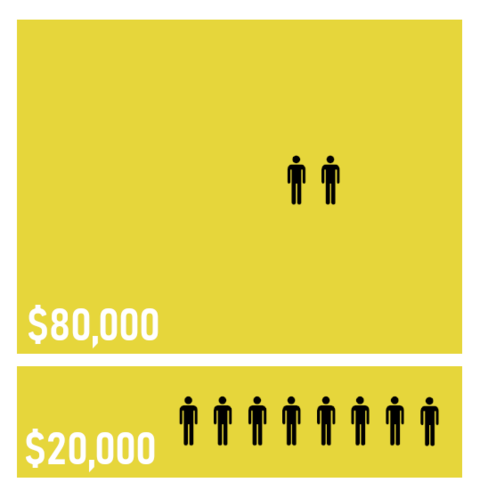
The video provides a project management technique on how to spot where to focus your efforts. I came across the principle in sales management where often 80% of your results will be produced by 20% of your sales force yet 80% of your time is usually spent on the 80% of sales people who only produce 20% of the results.
Finish reading: https://www.youtube.com/watch?v=3-BRXZcMOeI
Investing In The Most Disruptive Industries
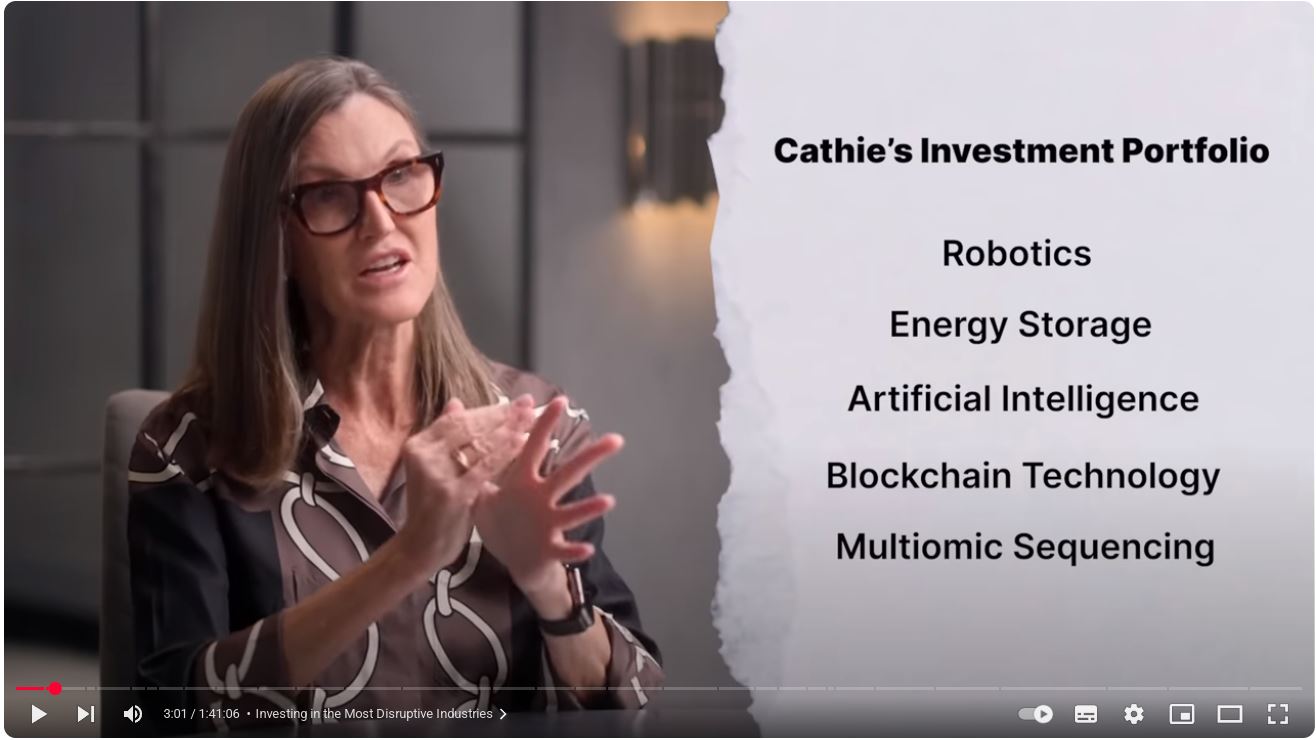
Click to view the video: https://www.youtube.com/watch?v=ZznpMh0DegE
‘The Data is a Lie’: Analyst Who Called 3 Crashes Reveals What’s Really Happening
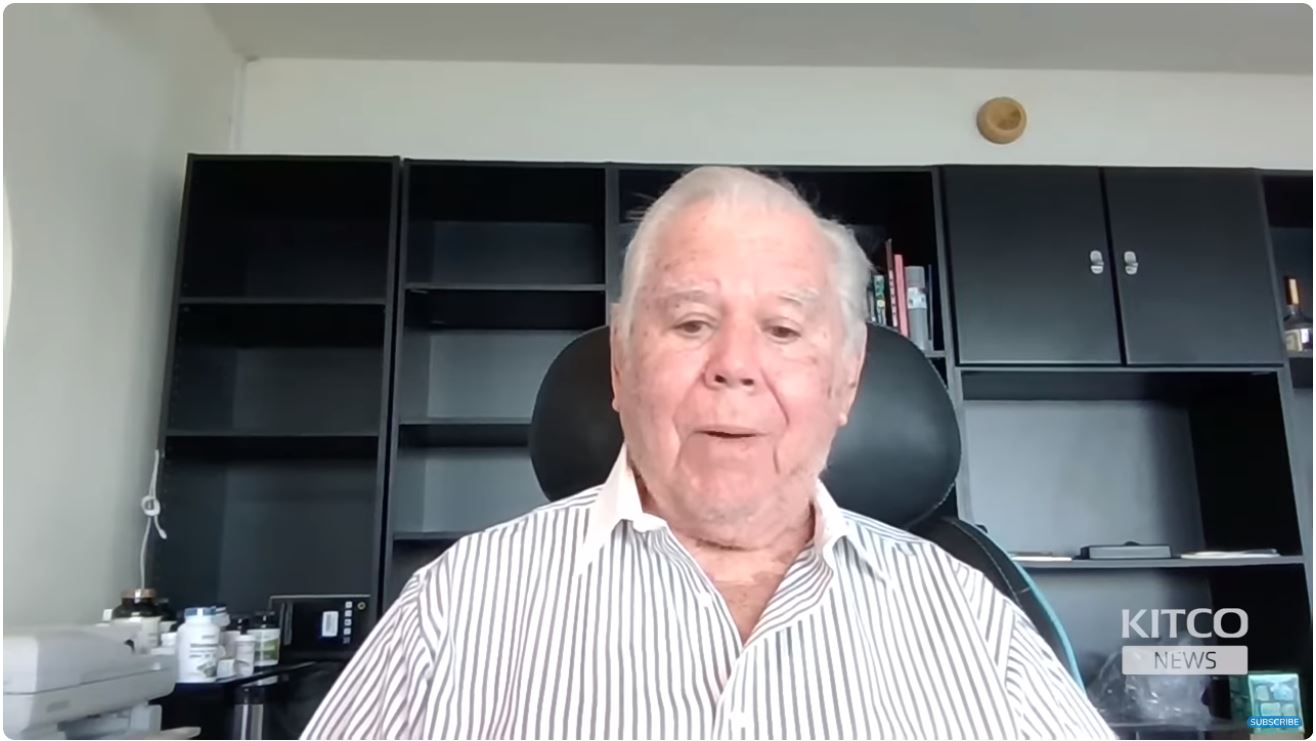
A fundamentalist view on current share prices.
Click to view the video: https://www.youtube.com/watch?v=vd2YUMKPmGM
Your Government Can’t Give You…
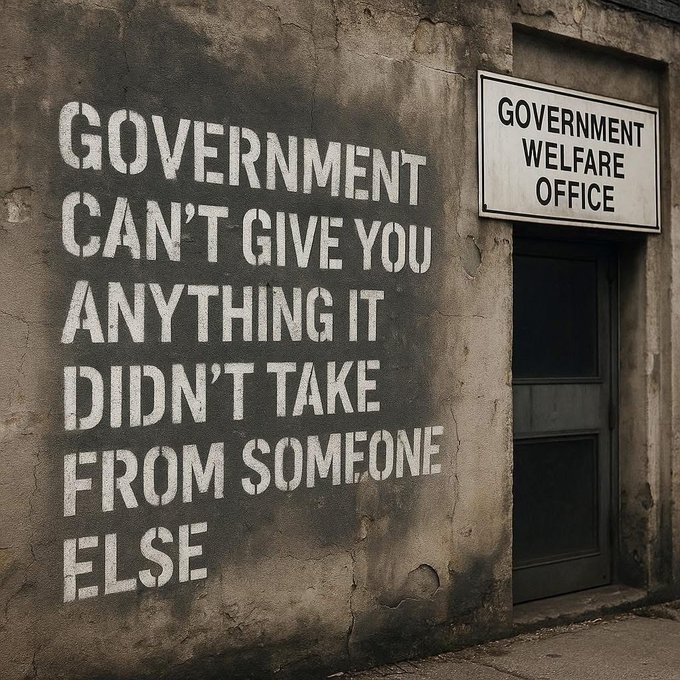
Keyboard Shortcuts

CTRL+A – Select All
CTRL+C – Copy
CTRL+X – Cut
CTRL+V – Paste
CTRL+Z – Undo
CTRL+B – Bold
CTRL+U – Underline
CTRL+I – Italic
F1 – Help
F2 – Rename selected object
F3 – Find all files
F4 – Opens file list drop-down in dialogs
F5 – Refresh current window
F6 – Shifts focus in Windows Explorer
F10 – Activates menu bar options
ALT+TAB – Cycles between open applications
ALT+F4 – Quit program, close current window
ALT+F6 – Switch between current program windows
ALT+ENTER – Opens properties dialog
ALT+SPACE – System menu for current window
ALT+¢ – opens drop-down lists in dialog boxes
BACKSPACE – Switch to parent folder
CTRL+ESC – Opens Start menu
CTRL+ALT+DEL – Opens task manager, reboots the computer
CTRL+TAB – Move through property tabs
CTRL+SHIFT+DRAG – Create shortcut (also right-click, drag)
CTRL+DRAG – Copy File
ESC – Cancel last function
SHIFT – Press/hold SHIFT, insert CD-ROM to bypass auto-play
SHIFT+DRAG – Move file
SHIFT+F10 – Opens context menu (same as right-click)
SHIFT+DELETE – Full wipe delete (bypasses Recycle Bin)
ALT+underlined letter – Opens the corresponding menu
PC Keyboard Shortcuts
Document Cursor Controls
HOME – to beginning of line or far left of field or screen
END – to end of line, or far right of field or screen
CTRL+HOME – to the top
CTRL+END – to the bottom
PAGE UP – moves document or dialog box up one page
PAGE DOWN – moves document or dialog down one page
ARROW KEYS – move focus in documents, dialogs, etc.
CTRL+ > – next word
CTRL+SHIFT+ > – selects word
Windows Explorer Tree Control
Numeric Keypad * – Expand all under current selection
Numeric Keypad + – Expands current selection
Numeric Keypad – – Collapses current selection
¦ – Expand current selection or go to first child
‰ – Collapse current selection or go to parent
Special Characters
‘ Opening single quote – alt 0145
’ Closing single quote – alt 0146
“ Opening double quote – alt 0147
” Closing double quote – alt 0148
– En dash – alt 0150
— Em dash – alt 0151
… Ellipsis – alt 0133
• Bullet – alt 0149
® Registration Mark – alt 0174
© Copyright – alt 0169
™ Trademark – alt 0153
° Degree symbol – alt 0176
¢ Cent sign – alt 0162
¼ – alt 0188
½ – alt 0189
¾ – alt 0190
PC Keyboard Shortcuts
é – alt 0233
É – alt 0201
ñ – alt 0241
÷ – alt 0247
File menu options in current program
Alt + E Edit options in current program
F1 Universal help (for all programs)
Ctrl + A – Select all text
Ctrl + X – Cut selected item
Shift + Del – Cut selected item
Ctrl + C – Copy selected item
Ctrl + Ins – Copy selected item
Ctrl + V – Paste
Shift + Ins – Paste
Home – Go to beginning of current line
Ctrl + – Home Go to beginning of document
End – Go to end of current line
Ctrl + – End Go to end of document
Shift + – Home Highlight from current position to beginning of line
Shift + – End Highlight from current position to end of line
Ctrl + f – Move one word to the left at a time
Ctrl + g – Move one word to the right at a time
MICROSOFT® WINDOWS® SHORTCUT KEYS
Alt + Tab – Switch between open applications
Alt + Shift + Tab – Switch backwards between open
applications
Alt + Print Screen – Create screen shot for current program
Ctrl + Alt + Del – Reboot/Windows® task manager
Ctrl + Esc – Bring up start menu
Alt + Esc – Switch between applications on taskbar
F2 – Rename selected icon
F3 – Start find from desktop
F4 – Open the drive selection when browsing
F5 – Refresh contents
Alt + F4 – Close current open program
Ctrl + F4 – Close window in program
Ctrl + Plus Key – Automatically adjust widths of all columns in Windows Explorer
Alt + Enter – Open properties window of selected icon
or program
Shift + F10 – Simulate right-click on selected item
Shift + Del – Delete programs/files permanently
Holding Shift During Bootup – Boot into safe mode or bypass system files
Holding Shift During Bootup – When putting in an audio CD, will prevent CD Player from playing
WINKEY SHORTCUTS
WINKEY + D – Bring desktop to the top of other windows
WINKEY + M – Minimize all windows
WINKEY + SHIFT + M – Undo the minimize done by WINKEY + M
and WINKEY + D
WINKEY + E – Open Microsoft Explorer
WINKEY + Tab – Cycle through open programs on taskbar
WINKEY + F – Display the Windows® Search/Find feature
WINKEY + CTRL + F – Display the search for computers window
WINKEY + F1 – Display the Microsoft® Windows® help
WINKEY + R – Open the run window
WINKEY + Pause /Break – Open the system properties window
WINKEY + U – Open utility manager
WINKEY + L – Lock the computer (Windows XP® & later)
OUTLOOK® SHORTCUT KEYS
Alt + S – Send the email
Ctrl + C – Copy selected text
Ctrl + X – Cut selected text
Ctrl + P – Open print dialog box
Ctrl + K – Complete name/email typed in address bar
Ctrl + B – Bold highlighted selection
Ctrl + I – Italicize highlighted selection
Ctrl + U – Underline highlighted selection
Ctrl + R – Reply to an email
Ctrl + F – Forward an email
Ctrl + N – Create a new email
Ctrl + Shift + A – Create a new appointment to your calendar
Ctrl + Shift + O – Open the outbox
Ctrl + Shift + I – Open the inbox
Ctrl + Shift + K – Add a new task
Ctrl + Shift + C – Create a new contact
Ctrl + Shift + J – Create a new journal entry
WORD® SHORTCUT KEYS
Ctrl + A – Select all contents of the page
Ctrl + B – Bold highlighted selection
Ctrl + C – Copy selected text
Ctrl + X – Cut selected text
Ctrl + N – Open new/blank document
Ctrl + O – Open options
Ctrl + P – Open the print window
Ctrl + F – Open find box
Ctrl + I – Italicize highlighted selection
Ctrl + K – Insert link
Ctrl + U – Underline highlighted selection
Ctrl + V – Paste
Ctrl + Y – Redo the last action performed
Ctrl + Z – Undo last action
Ctrl + G – Find and replace options
Ctrl + H – Find and replace options
Ctrl + J – Justify paragraph alignment
Ctrl + L – Align selected text or line to the left
Ctrl + Q – Align selected paragraph to the left
Ctrl + E – Align selected
Quote of the Day
“Keep your feet on the ground, but let your heart soar as high as it will. Refuse to be average or to surrender to the chill of your spiritual environment.” – Arthur Helps, Historian (1813 – 1875)
If You Find Yourself On The Wrong Train…
